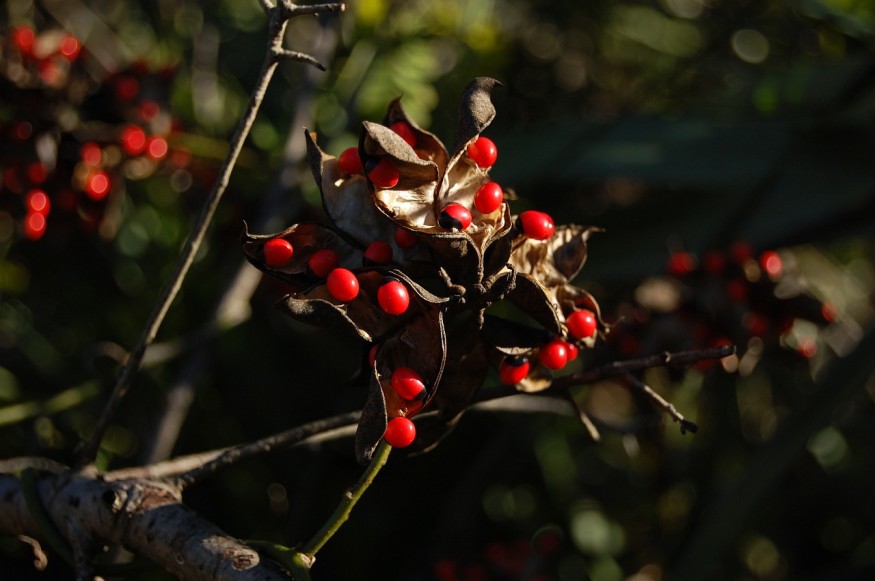A 5-year-old boy in India died after eating the seeds of a common plant called rosary pea, a highly poisonous plant even greater than the toxic bite of a king cobra. The child ingested the toxic plant and died within 24 hours but his brother, who also ate the seeds of the same plant, was in critical condition and admitted to a local hospital in New Delhi following the incident.
Rosary pea (Abrus precatorious) is a red-looking seed and is a herbaceous flowering plant belonging to the bean family Fabaceae, order Fabales, and Kingdom Plantae. Despite its notorious reputation as one of the world's poisonous plants, rosary peas are reportedly used to treat various diseases like gonorrhea, jaundice, and hemoglobinuria bile.
What are Rosary Peas?

The common plant that killed the boy is even deadlier than the king cobra, according to Newsweek, which reported that the poisonous plant is often used by gardeners as ornamental vegetation. It is also known as Ratti or Gunchi in India.
According to the National Capital Poison Center (NCPC), most cases of human intoxication from eating A. precatorious beans is due to an internal protein called abrin, which is considered as a highly toxic agent to humans since it causes cell death. However, parts of the parts of the rosary pea plant have been used as home remedies to various illnesses, as mentioned earlier.
Also called as a jequirity bean, rosary pea's high toxicity symptoms include abdominal pain, nausea, vomiting, and diarrhea. Patients can also experience headache, hallucination, fast heart rate, lethargy, seizures, fever, and organ failure, the NCPC says.
The center adds that there are other less common varieties that come as a white seed with a black eye or black seed with a white eye. Moreover, the plant species are also native to Africa, Australia, and the Pacific region, in addition to the ones mentioned earlier.
World's Deadliest Plants
In April 2022, Nature World News covered the world's seven deadliest plants, which placed the rosary pea plant third on the list wherein Tobacco (Nicotiana tabacum) ranks as the first followed by Oleander (Nerium oleander). Based on the article, NWN reiterates that A. precatorious is native to tropical areas and often utilized in jewelry and prayer rosaries in the form of beads.
The specific purpose of poisons in plants remains unclear. However, scientists believe in a biological perspective that such toxins serve as a defense mechanism of plants against plant-eating animals or herbivores.
According to the American Museum of Natural History (AMNH), nature's poisons have been used by people for medicinal purposes for millennia. These ancient practices came long before modern medicine came into the scene.
However, the direct consumption of raw, unprocessed poisonous plants, just like the boy in India who died from the rosary pea seeds, is evidently lethal.
Related Article : World's 7 Deadliest Plants You Should Never Touch
© 2025 NatureWorldNews.com All rights reserved. Do not reproduce without permission.





